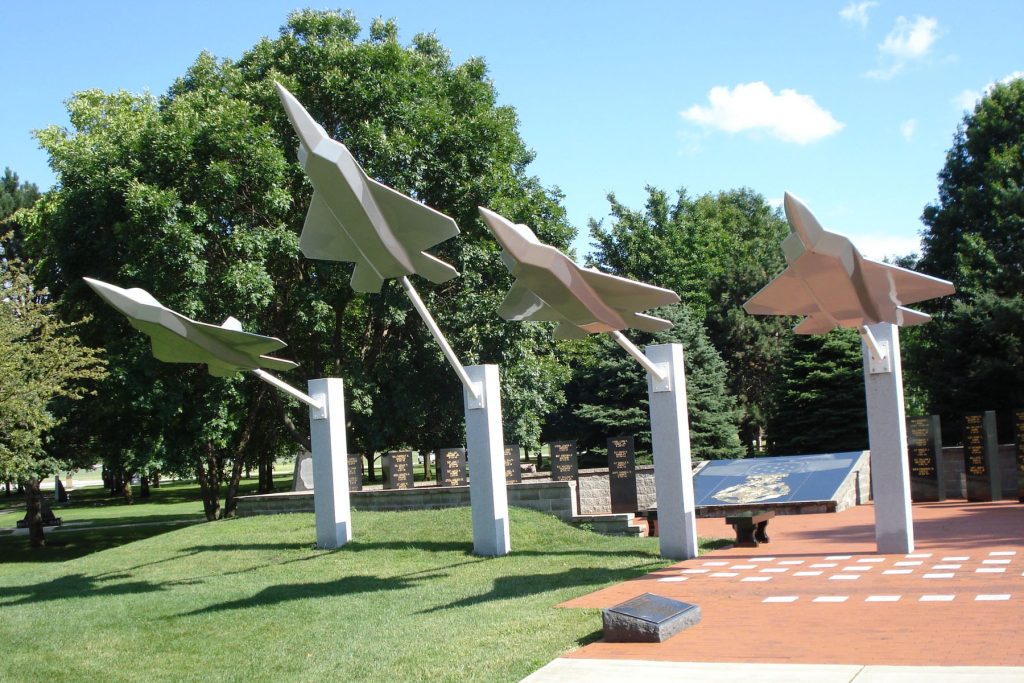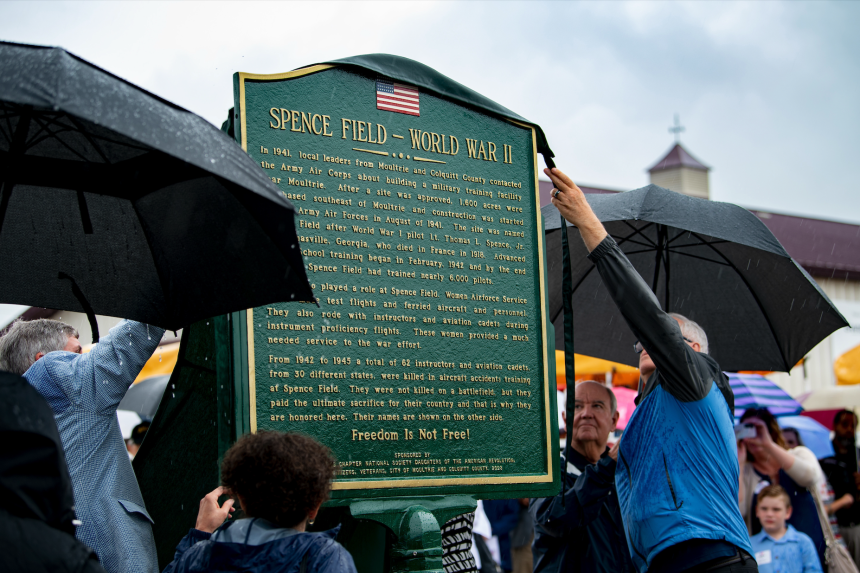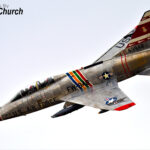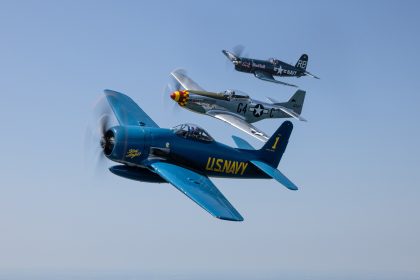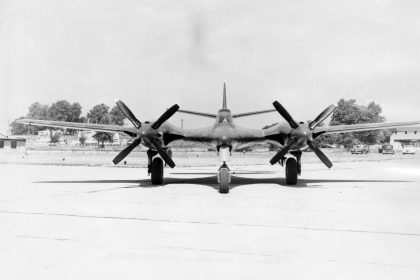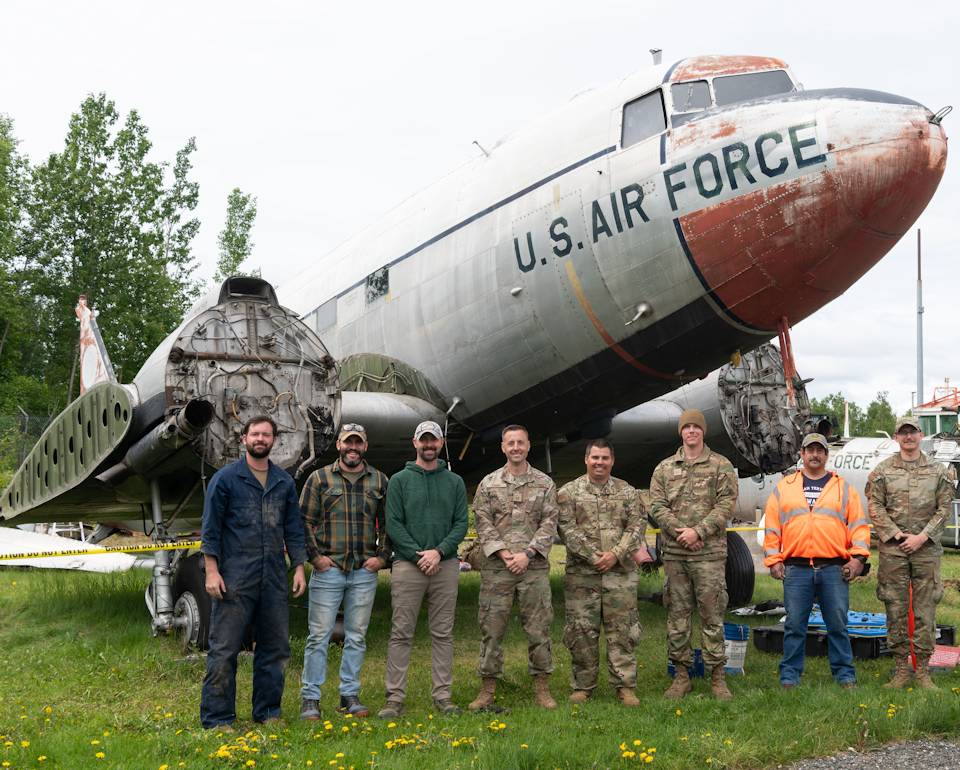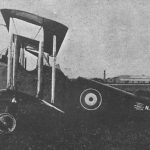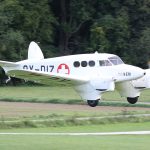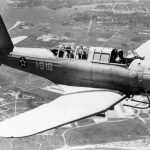In recognition of Memorial Day, aviation historian Marty Steiner offers a heartfelt tribute to a group of World War II heroes often overlooked by history—the young airmen who lost their lives during flight training. In this special article, Memorial Day Tribute: Honoring The Almost Forgotten of WWII Flight Training, Steiner sheds light on the thousands who perished before ever reaching the front lines. From the rainy dedication of a memorial at Spence Field in Georgia to forgotten crash sites and unmarked graves across the American South, this article uncovers the stories of those lost in service to their country, many with no official recognition. Through local efforts, scattered memorials, and ongoing historical research, Steiner honors their sacrifice and calls for a renewed commitment to preserving their legacy.
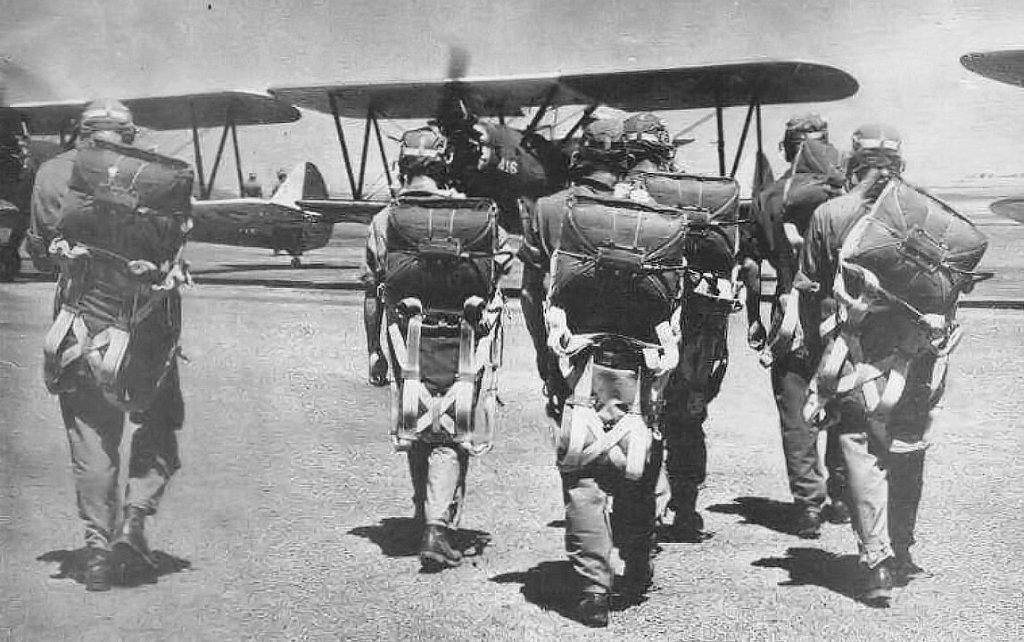
By Marty Steiner
It was a somber, rainy day at Spence Field near Moultrie, Georgia. A reporter from nearby Moody Air Force Base reflected, “It’s been said that the skies cry when a good man dies.” This quote fittingly opened the early morning ceremony and historical marker dedication held on September 26, 2023. The newly installed marker honors the 62 men who lost their lives during flight training at Spence Field between 1942 and 1945. While many World War II training bases feature historical markers celebrating their legacy, often highlighting the number of graduates or honoring a distinguished individual, this tribute stands apart. It is a solemn reminder of those who paid the ultimate price while preparing to serve. This ceremony also set Vintage Aviation News (VAN) on a mission to explore other memorials honoring the estimated 13,000 to 15,000 individuals who died during flight training, many of whom are now nearly forgotten.
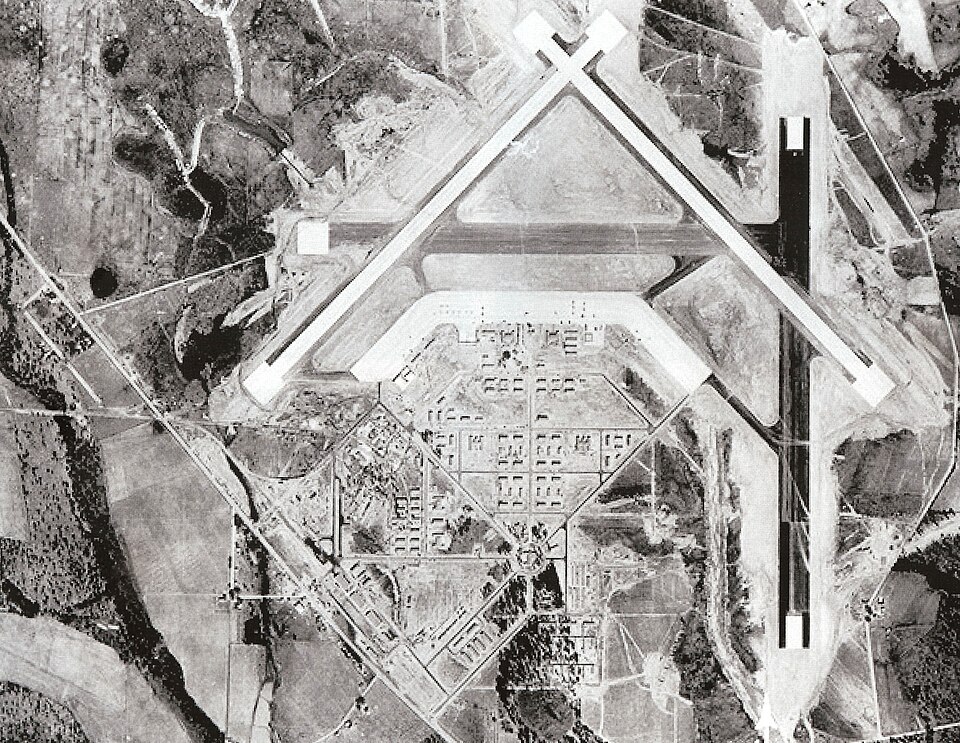
At Spence Field, losses often occurred in pairs. The standard training aircraft, the North American AT-6 Texan, typically carried both an instructor and a student. This advanced trainer prepared pilots for high-performance, single-engine aircraft like the P-51 Mustang. The creation of the Spence Field marker was the result of one individual’s deep concern for preserving this history and years of dedicated research. The local Daughters of the American Revolution (DAR) chapter later sponsored both the marker and the publication of a companion book.
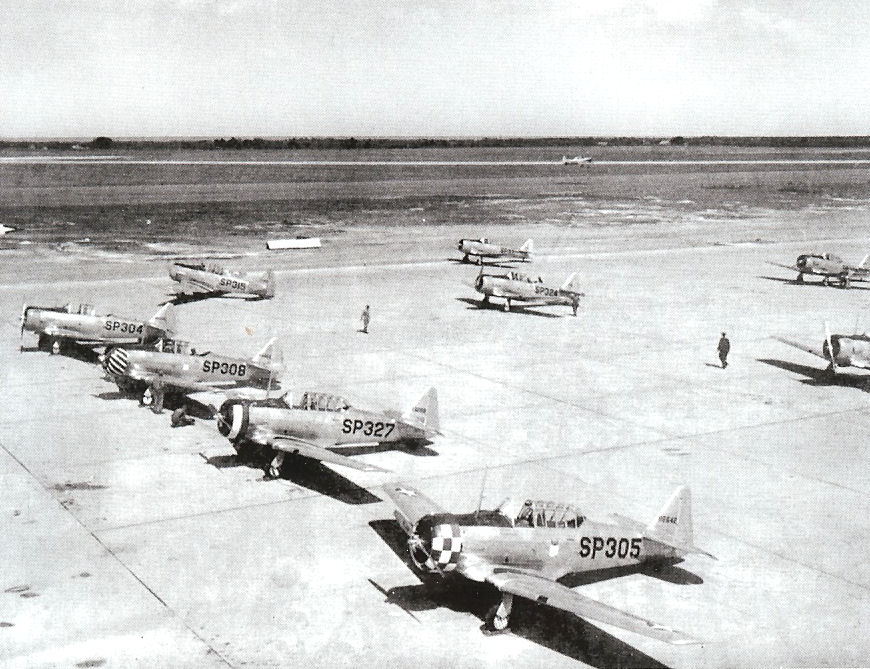
Nearby Moody Army Air Field served as a multi-engine training facility, preparing pilots for bombers and transport aircraft. The standard aircraft there was the Beechcraft AT-10, known as the Wichita. Ironically, it was during a test flight in just such an aircraft that Major Moody was killed—yet no public record or memorial commemorates the training fatalities from Moody Field. Losses at other training bases were often even more devastating. VAN’s current research focuses on the North American B-25 Mitchell bomber crew training that occurred at both Columbia Army Air Base (CAAB) and Greenville Army Air Base (GAAB) in South Carolina. Each crash typically claimed five or more lives, and little remains of the original base infrastructure at either site.
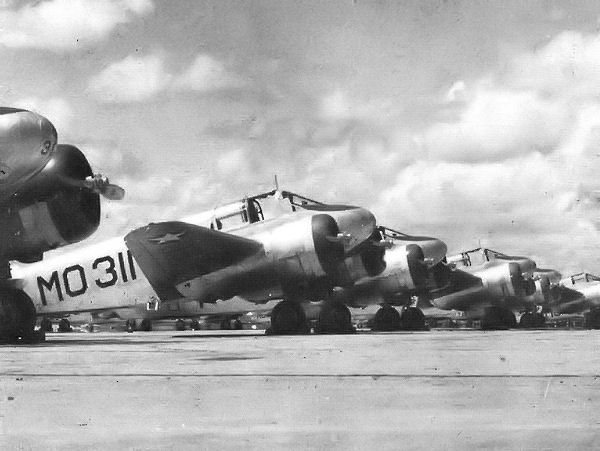
Jim Hamilton, retired airport manager of Columbia’s Jim Hamilton–LB Owens Airport and founder of the South Carolina Aviation Hall of Fame, recently guided VAN staff to the former site of the CAAB headquarters. There, two bronze plaques list the names of 240 individuals who perished during training. Among the fallen were one WASP and four Tuskegee Airmen. As with Spence Field, these CAAB memorials exist thanks to the efforts of dedicated individuals and local groups. A nearby marker also honors CAAB’s role in training crews for the famed Doolittle Raid.

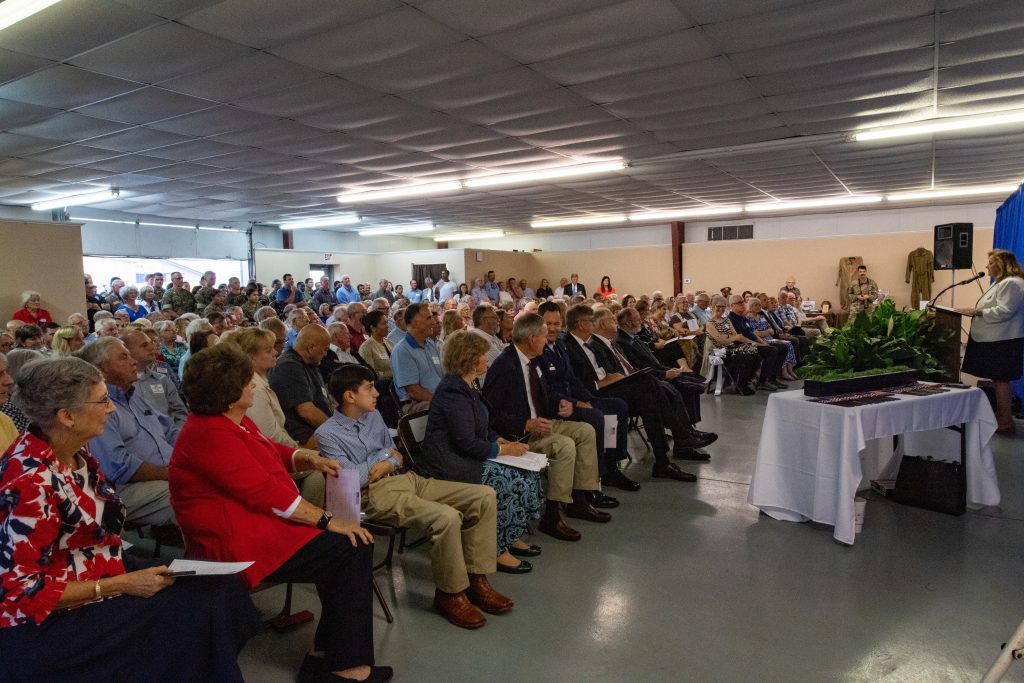
Not all training fatalities occurred near the bases. A rural roadside marker in Godfrey, Georgia, near Madison, tells the story of a B-25C crash in 1945 that killed five airmen during a low-level training exercise—more than 100 miles from GAAB. On February 5, 1943, two inbound B-25Cs collided mid-air near Newberry County, South Carolina, resulting in 14 fatalities. Years later, the local American Legion Post erected a memorial stone listing all the names. In Oconee, South Carolina, a similar marker commemorates a B-25 crew lost in that area.
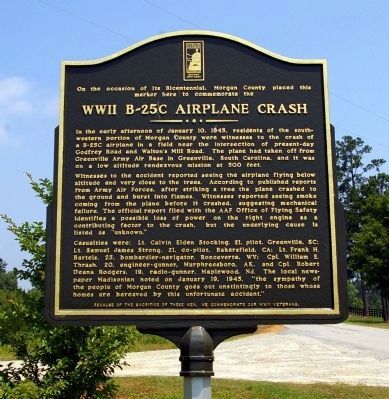
Mitchell B-25s were frequently used for low-level operations over land and water. Numerous crashes occurred during training runs over Lake Murray near Columbia, targeting what came to be known as Bomb Island. One of those lost aircraft—B-25C GF-2, assigned to Greenville Field—is now being restored by the South Carolina Historic Aviation Federation (SCHAF) at Jim Hamilton–LB Owens Airport. This ongoing restoration will be featured in an upcoming VAN article.
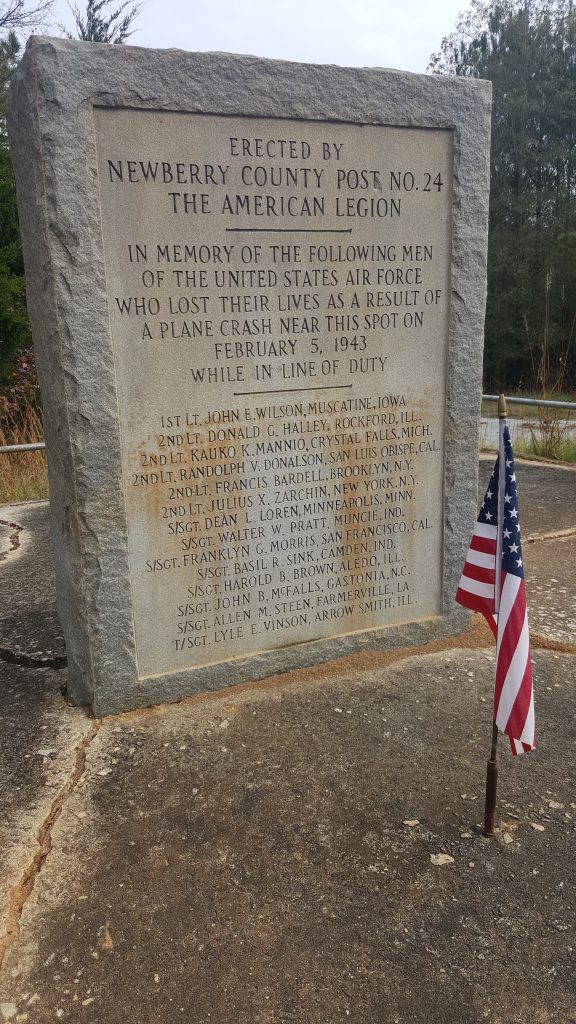
Training fatalities were not limited to American personnel. Under the Arnold Scheme—a joint U.S.–British pilot training program—British cadets also perished. Albany, Georgia’s Crown Hill Cemetery features an RAF section with a dedicated marker and seven graves. The RAF Ensign flies there in their honor. The Albany RAF Committee supported reunion visits, maintained the graves, and created a historical display at the regional airport highlighting the training conducted there.
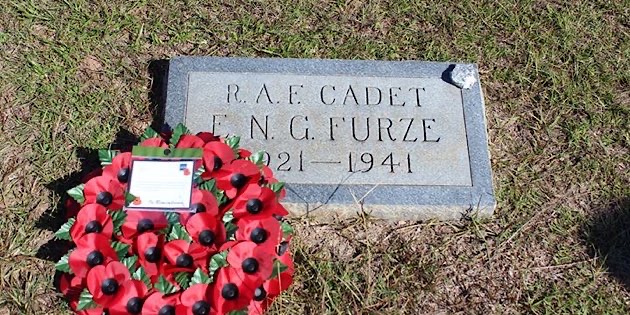
Not all RAF losses were due to flight accidents. One grave in Americus, Georgia’s Oakwood Cemetery holds RAF Cadet Hills, who drowned while on celebratory leave after completing training at Souther Field. The burial site was generously provided by the local family who had hosted the cadets. Oakwood Cemetery in Montgomery, Alabama, is the final resting place for over 80 RAF and Free French pilot training casualties. The Commonwealth War Graves Commission in Canada oversees the care and location records for these graves worldwide.
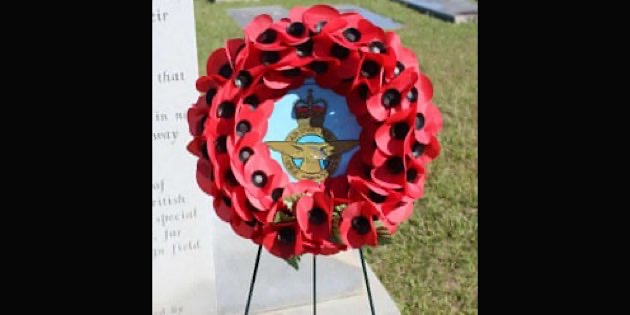
Civilian casualties must also be remembered. Designers, test pilots, factory workers, and others supporting the war effort died in accidents. Some civilians, entirely uninvolved, became unintended victims. One of the earliest such losses occurred in 1935, years before the U.S. entered WWII. Boeing’s Model 299 prototype—the precursor to the B-17 Flying Fortress—crashed during landing. Both Chief Test Pilot Leslie Tower and co-pilot Major Pete Hill died in the crash.
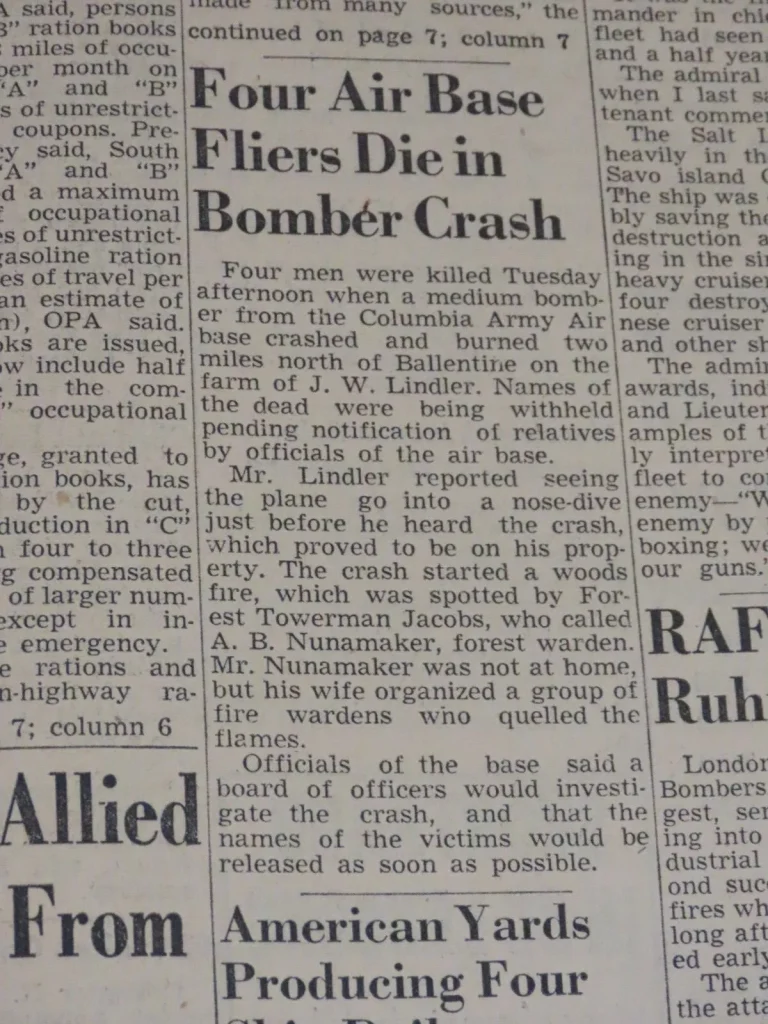
A more publicized tragedy took place at St. Louis’ Lambert Field on August 1, 1943, during a demonstration of the Robertson CG-4A glider, designed for troop transport. The event, intended to boost War Bond sales, ended in disaster when the glider’s wing separated after release from a tow plane, killing all ten on board. Among the dead were Robertson Aircraft Corporation President William Robertson, his vice president, the Mayor of St. Louis, and other local dignitaries.
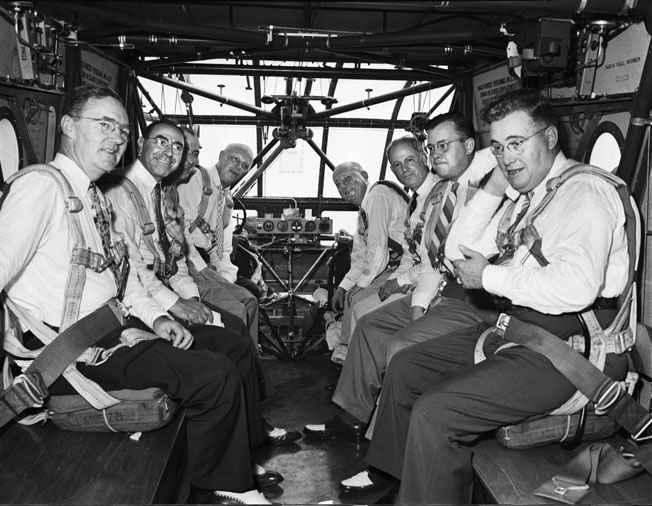
In October 1972, the U.S. Air Force Museum in Dayton, Ohio, established Memorial Park to address the lack of centralized recognition for many of these losses. The park includes a wide range of memorials honoring Air Force personnel and its predecessor organizations. Though not located near crash sites, these memorials offer families and historians a place of reflection. The park continues to accept new memorials through official requests.
